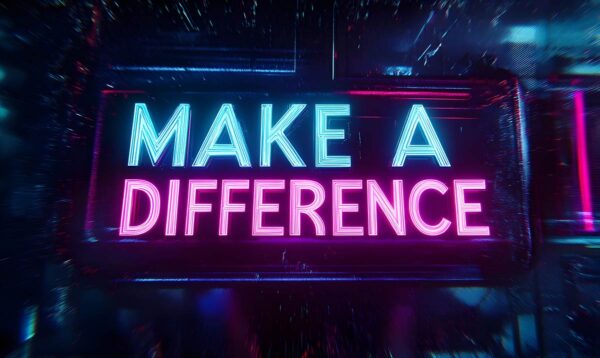If your nonprofit wants to raise $1 million three years from now, ask nonprofits who are currently raising $1 million what they did three years ago.
Here’s what you’ll find: the path to where you want to go is knowable and has been travelled before.
There are outliers of course, but for instance…
- There’s a stage where an organization that wants to keep growing will install a major donor management system
- There’s a stage where an organization that wants to keep growing will say, “Our email and direct mail fundraising could use some help, we’re going to bring in an expert” (this is what we primarily do here at Better Fundraising)
- There’s a stage where an organization that wants to keep growing will add a line in their budget for “Donor Acquisition”
There are a small handful of strategies that we’ve seen work again and again. They can often feel awkward for smaller organizations because they don’t have personal experience with the systems or approaches.
But again, the path is knowable and has been traveled before.
Don’t look at the Big Organizations and say, “Oh, they can only do those things because they are big.” Those Big Organizations used those strategies to become big.
So the first question a nonprofit needs to ask is, “What does the path look like?” The second (and often harder) question is, “What changes and sacrifices do we need to make to get on the path?”









